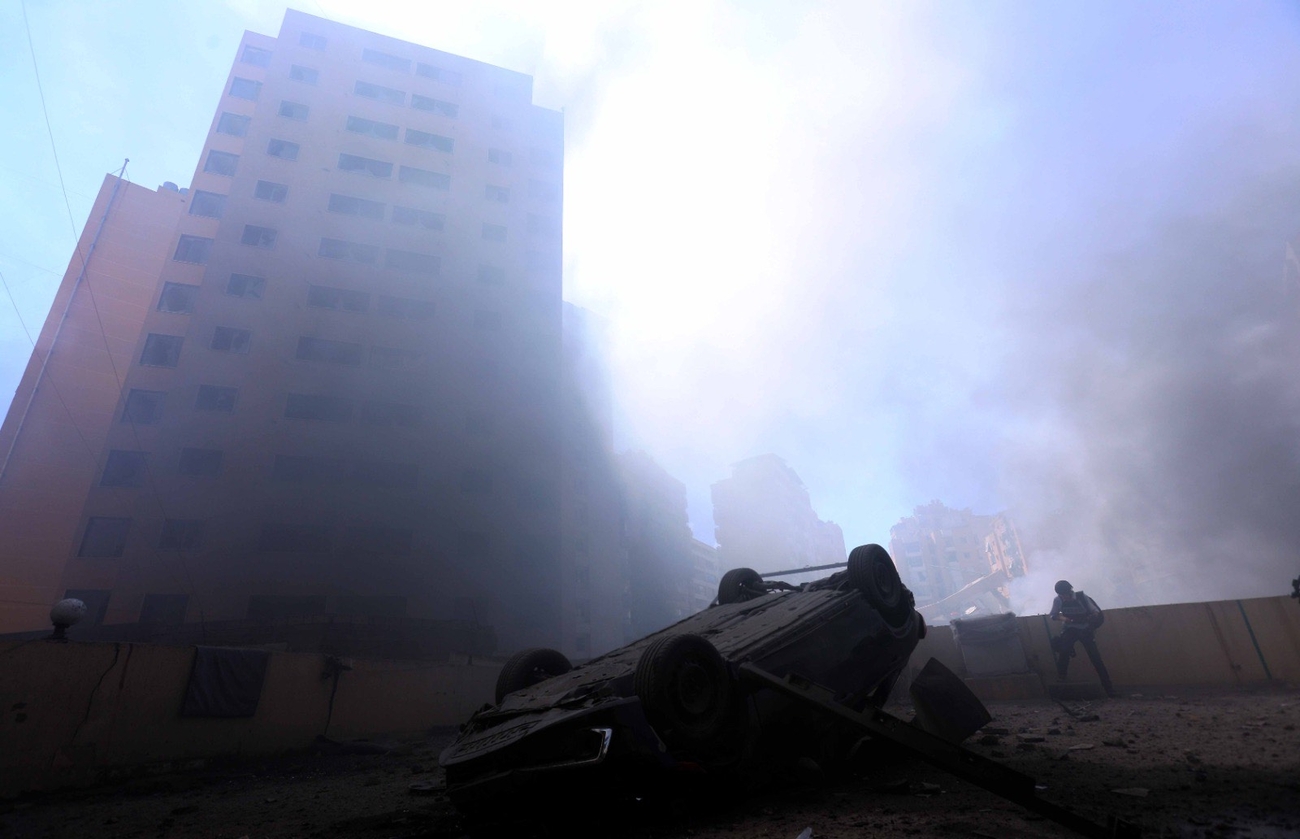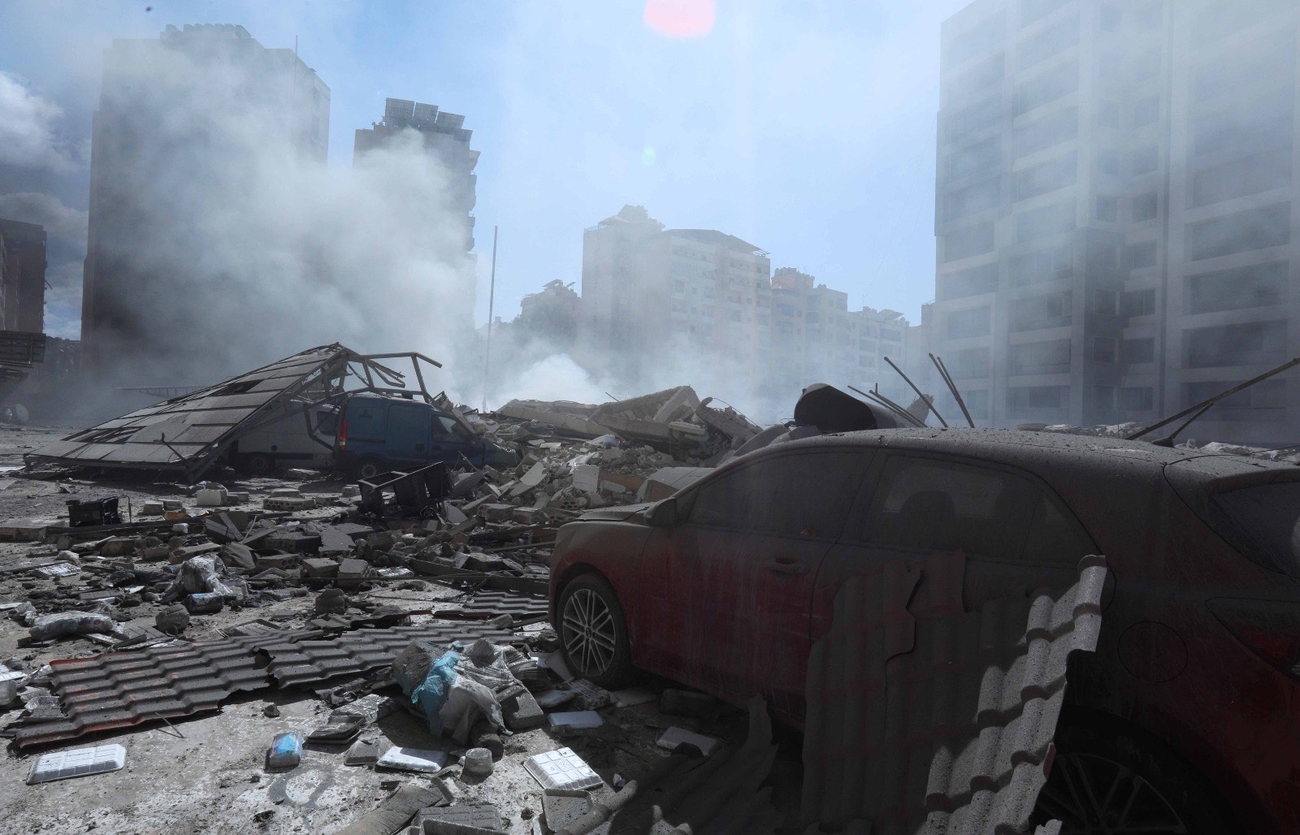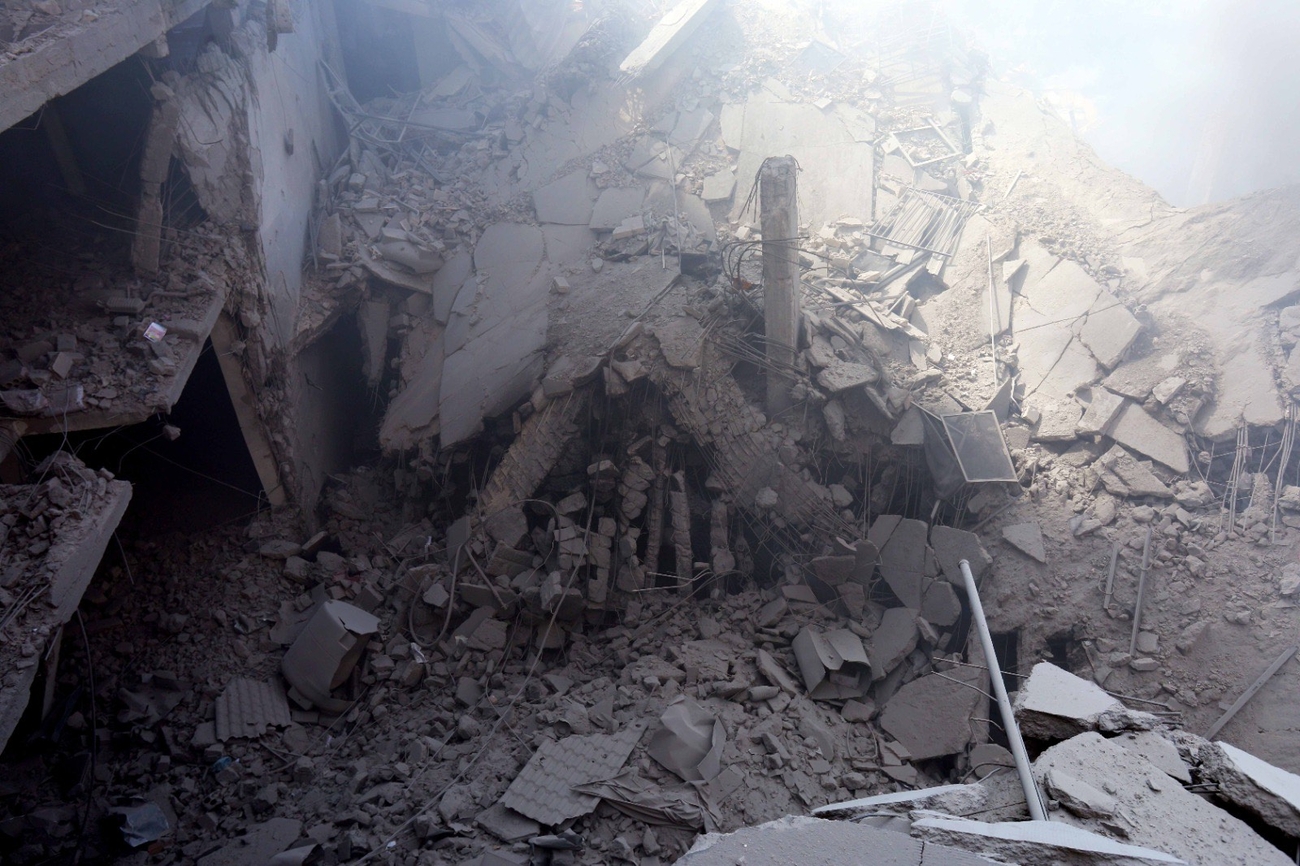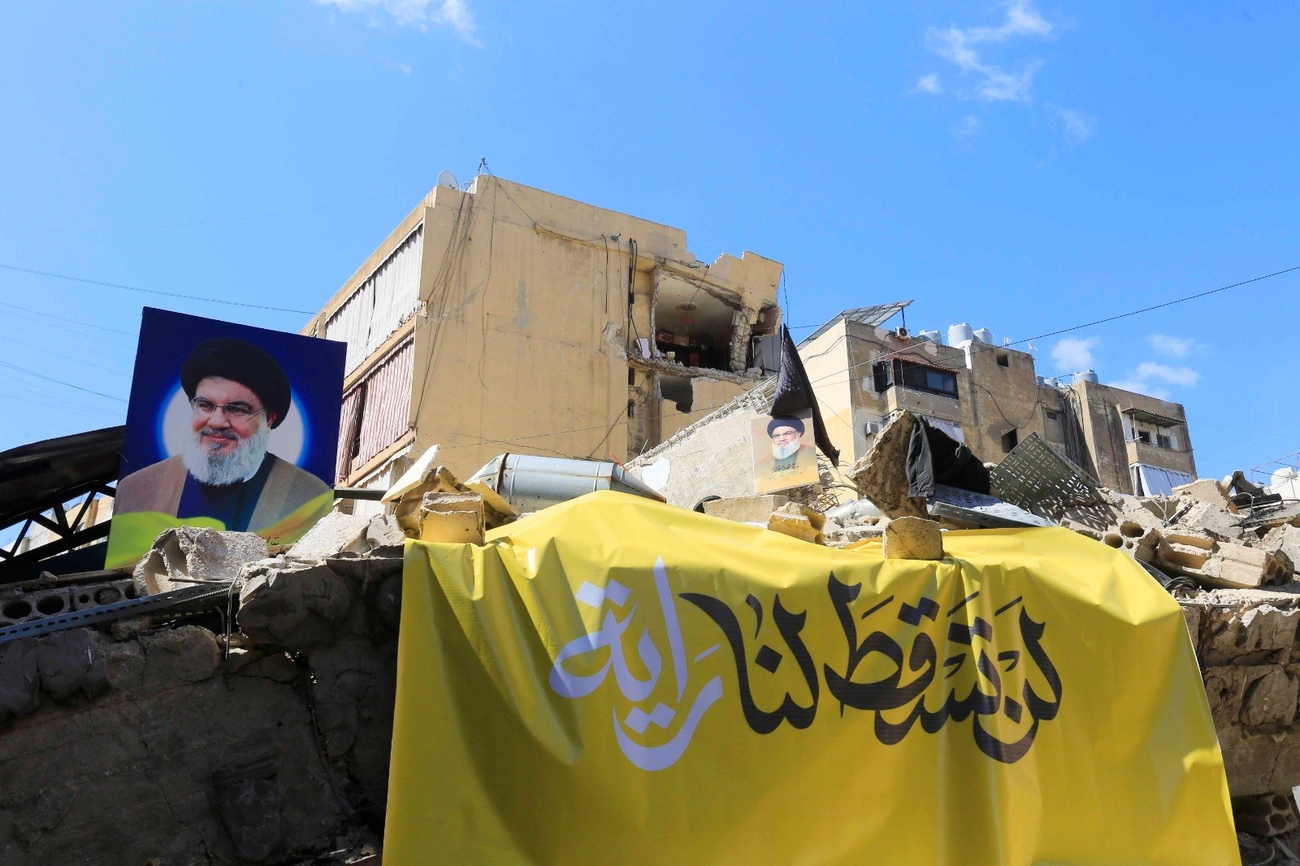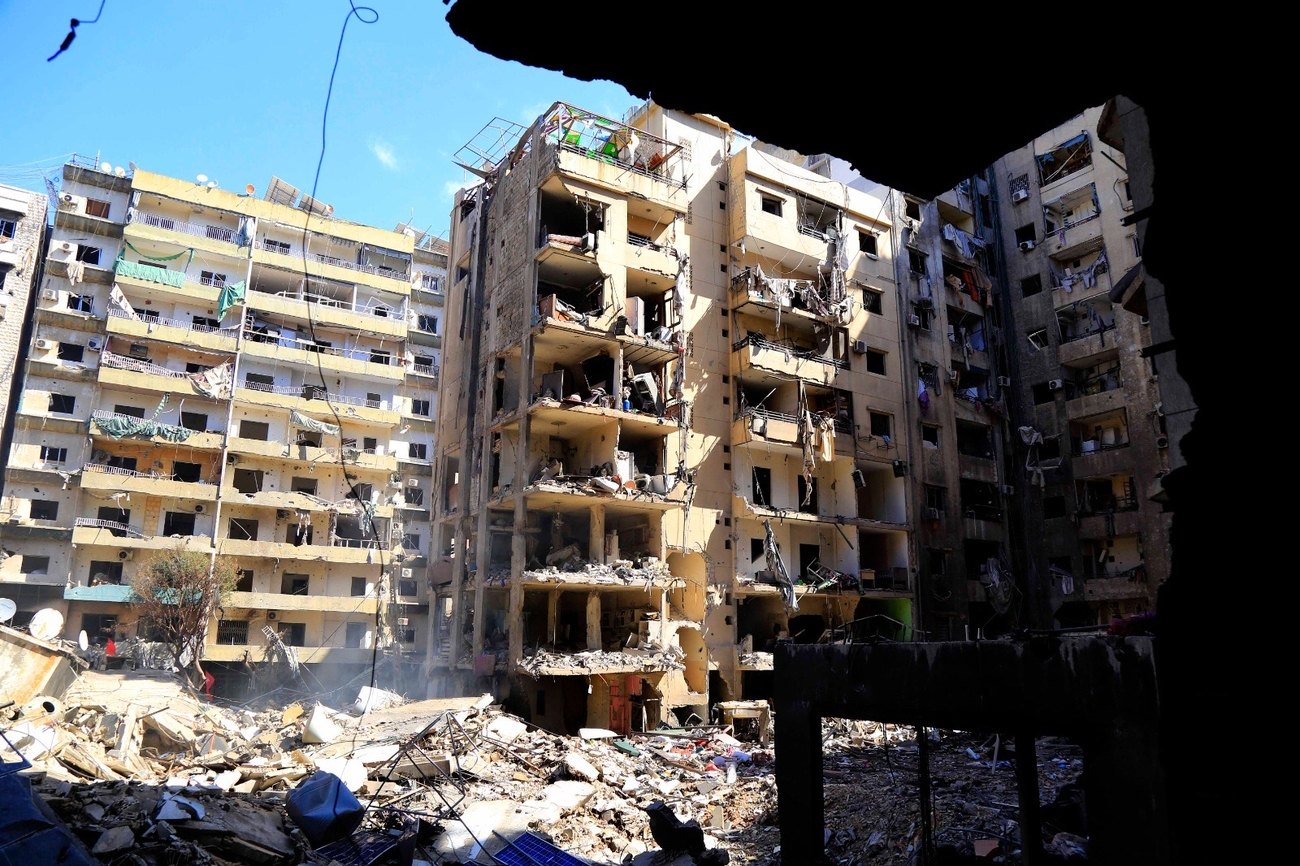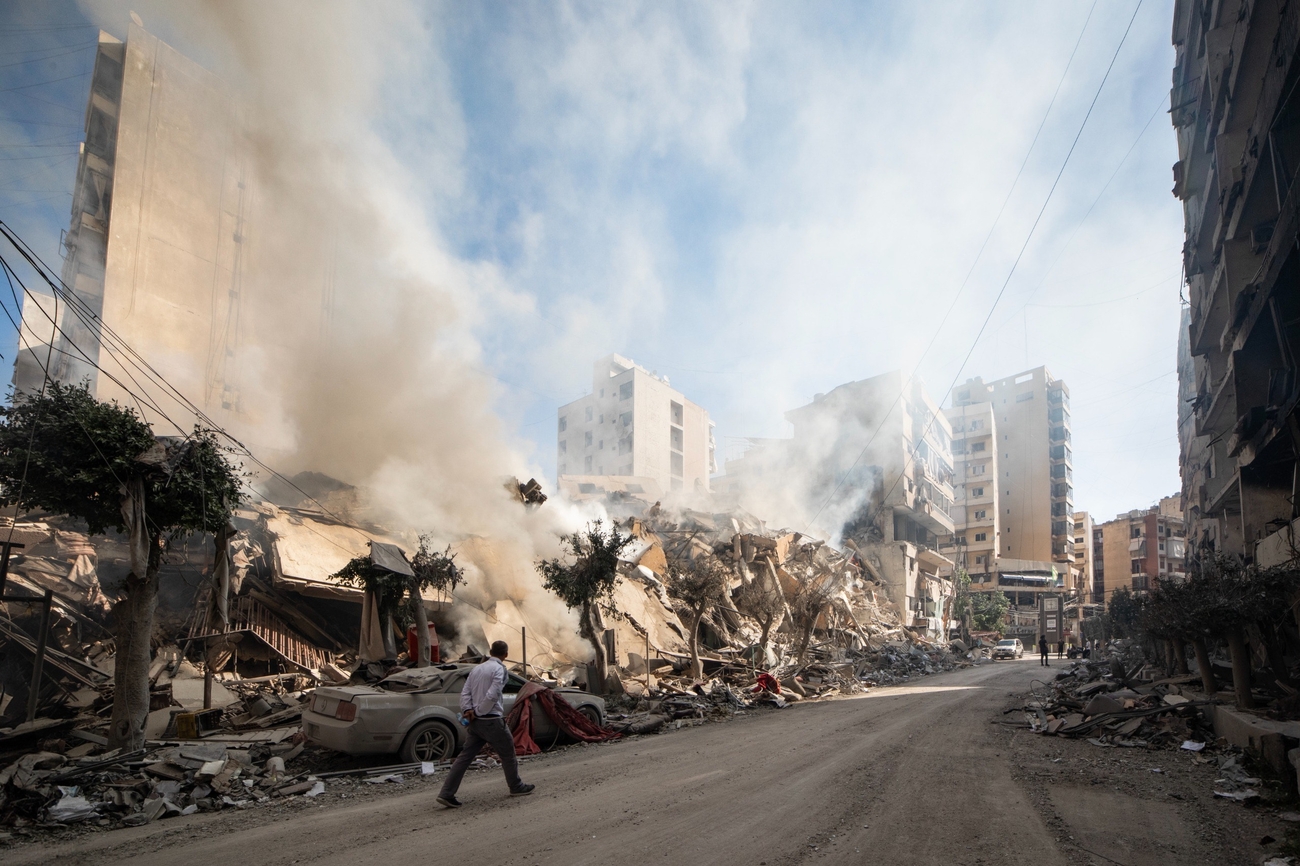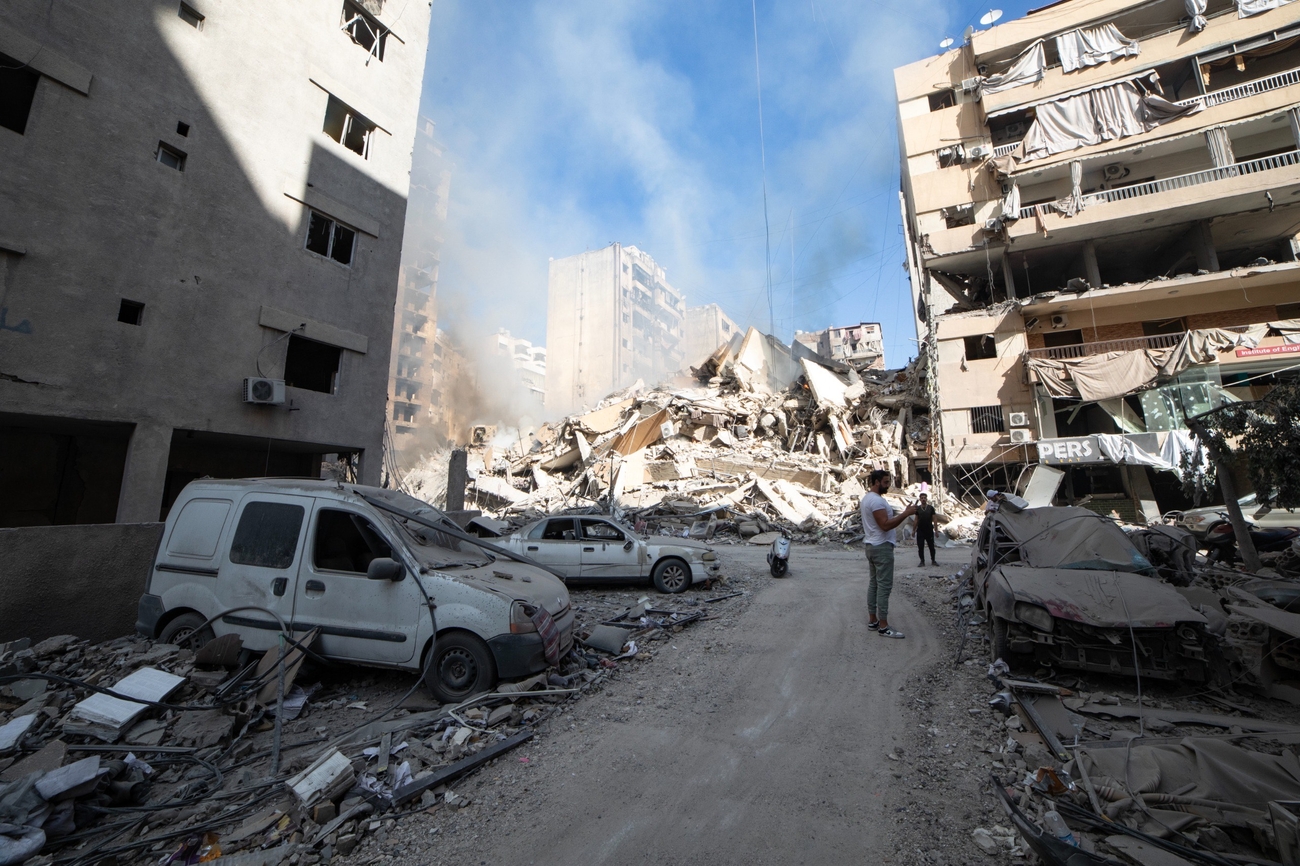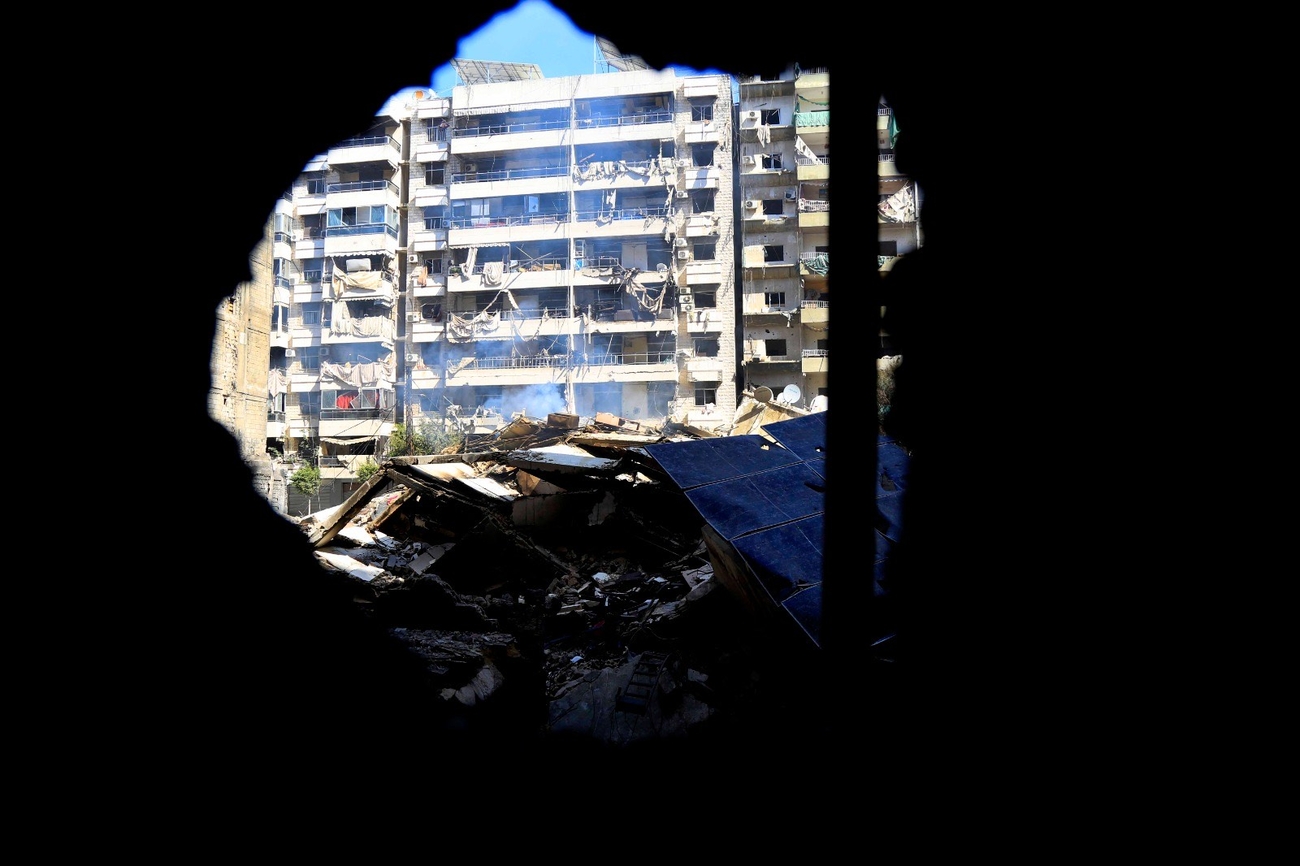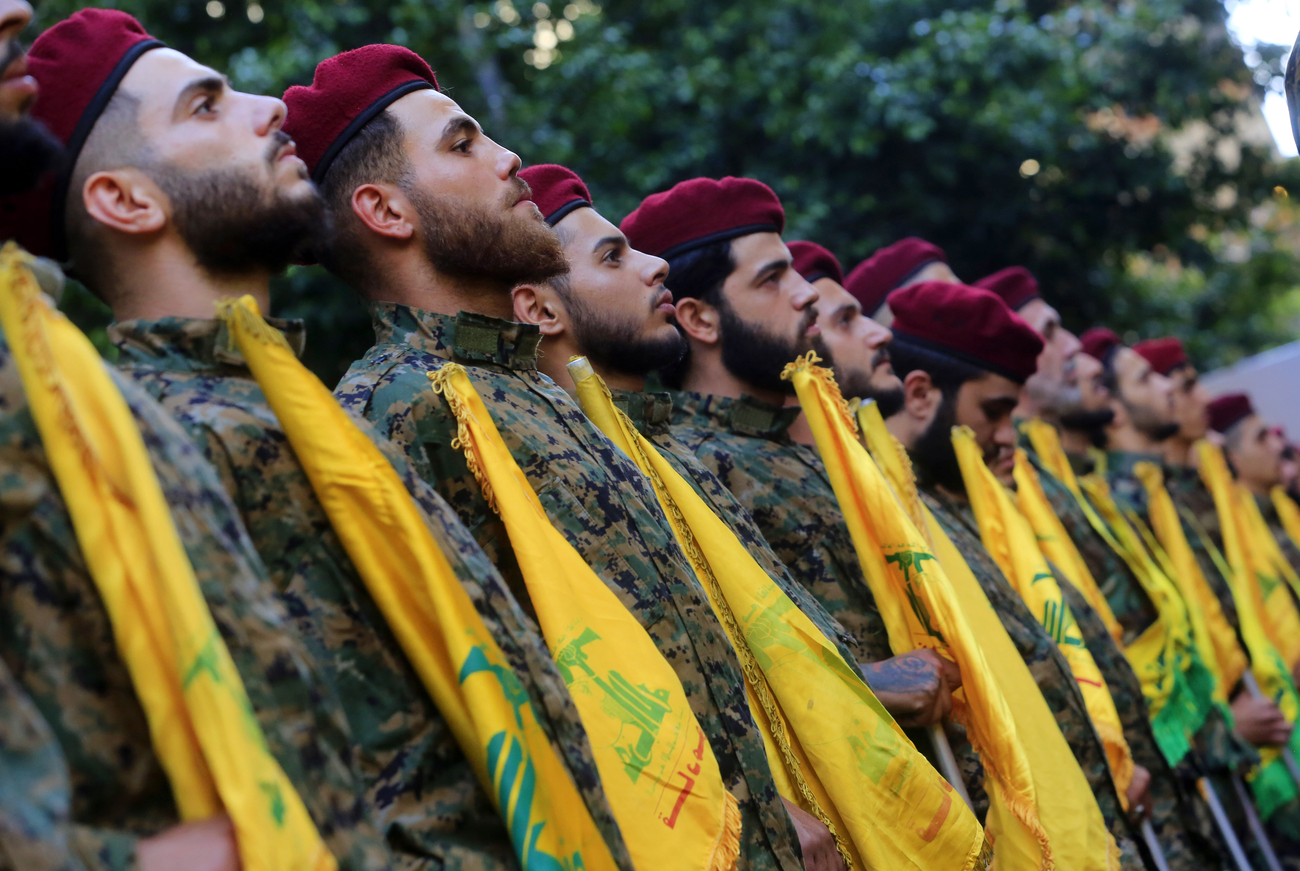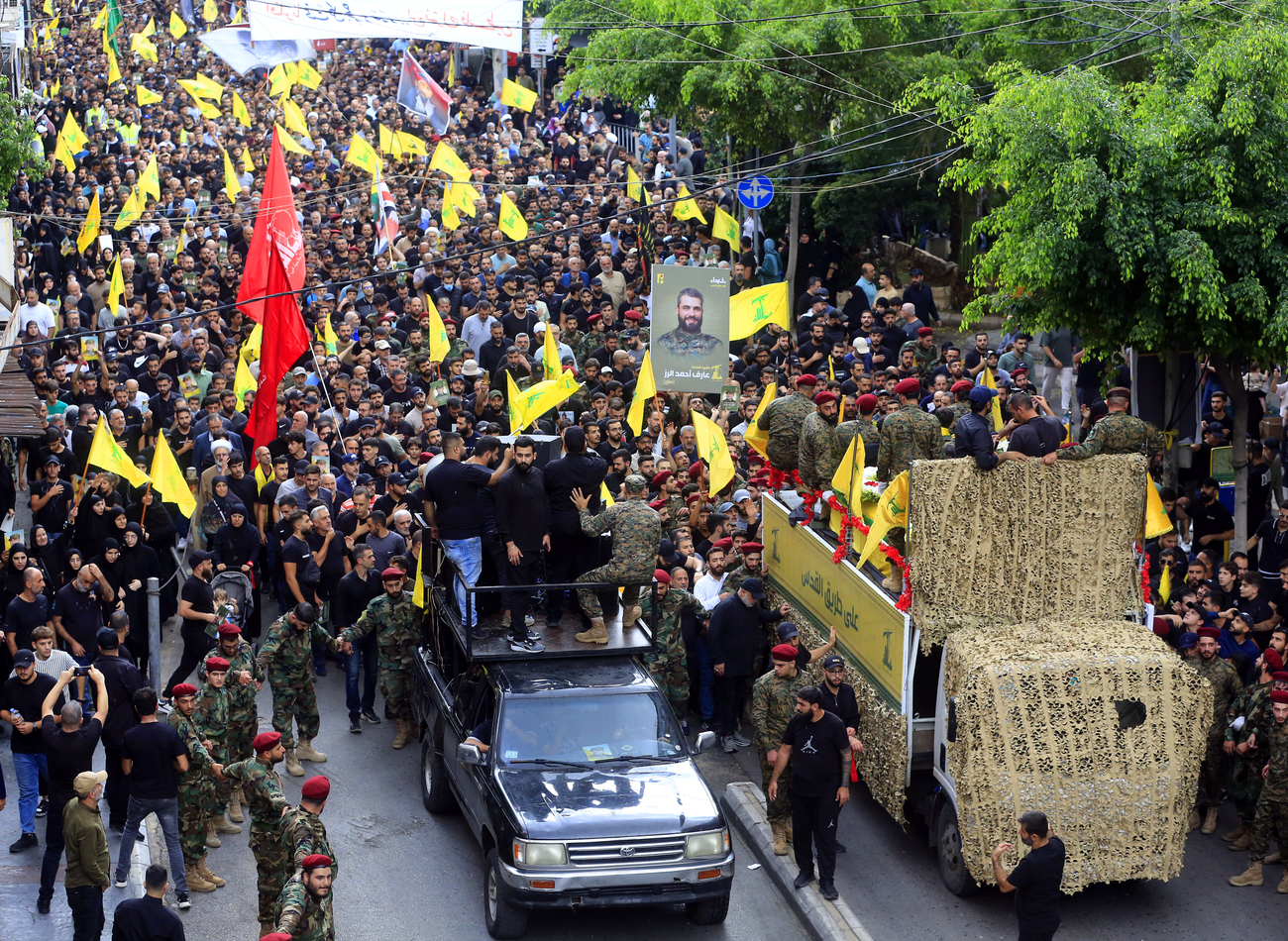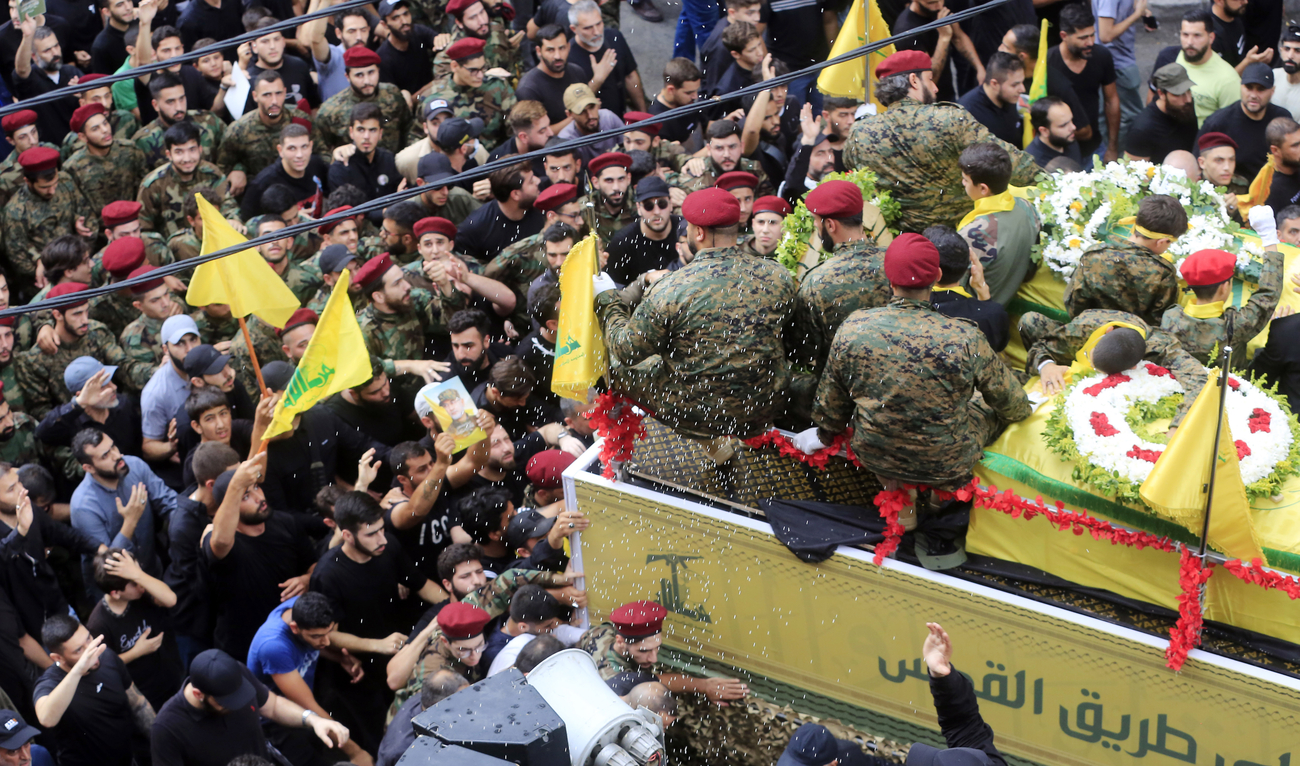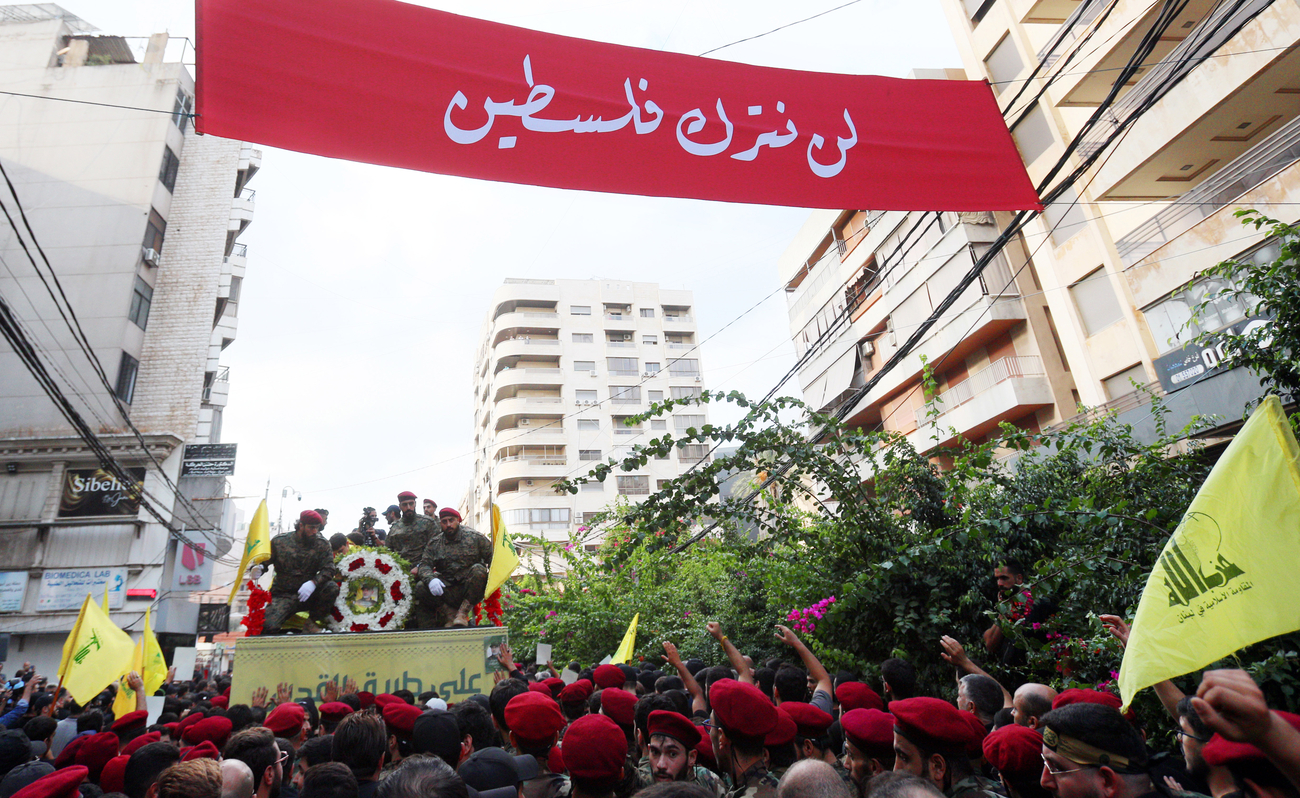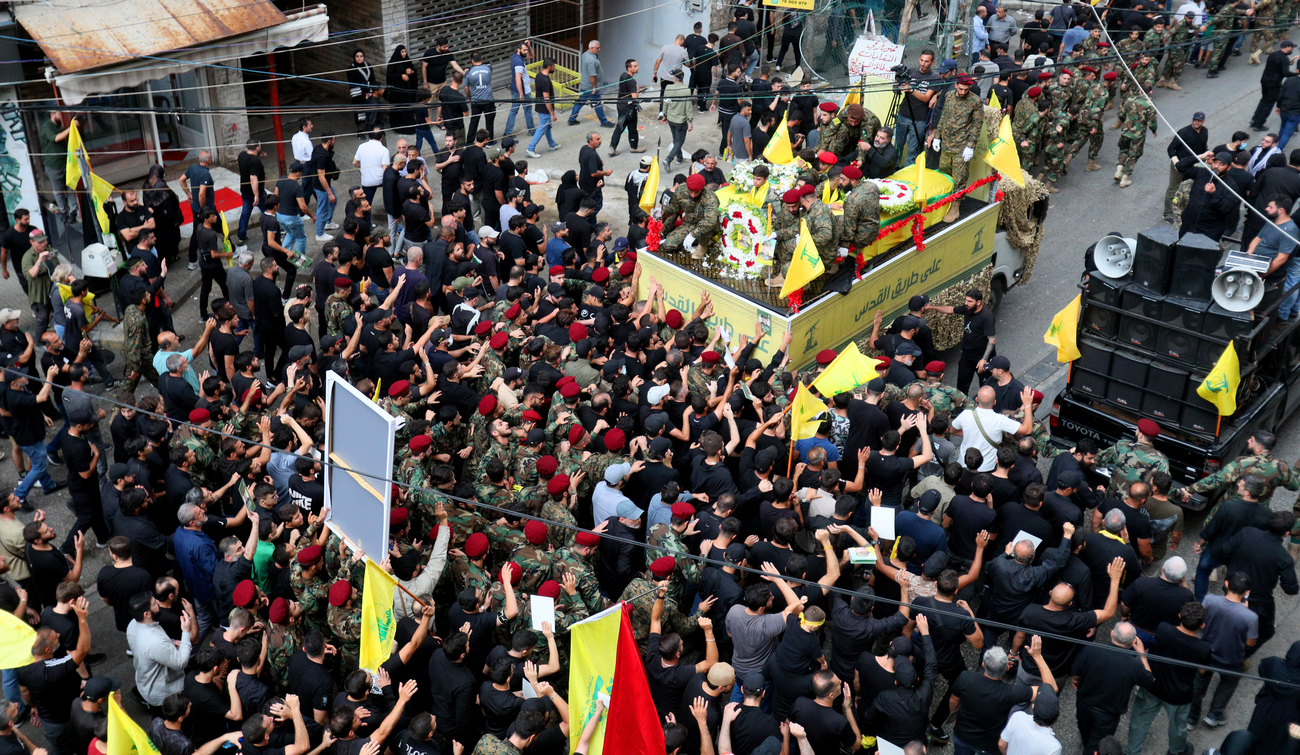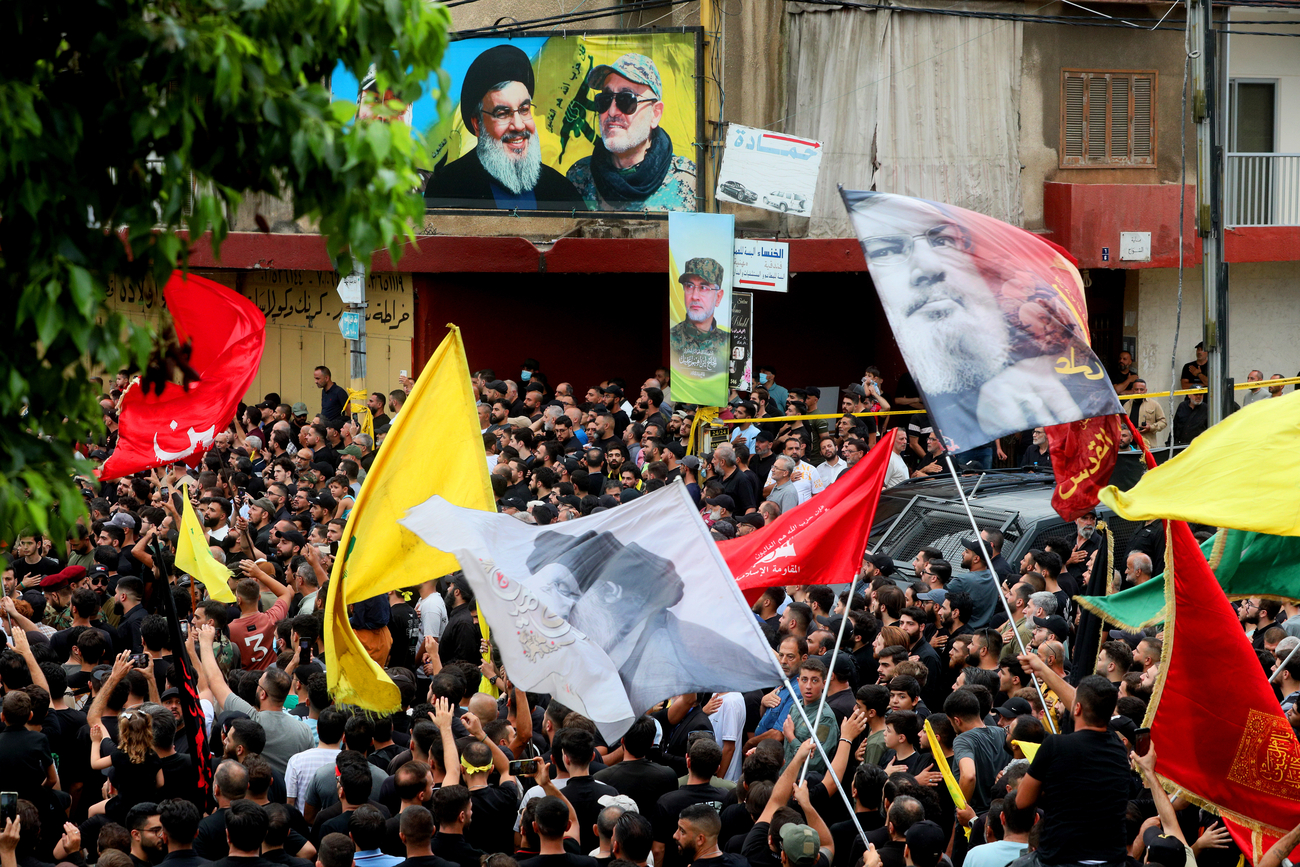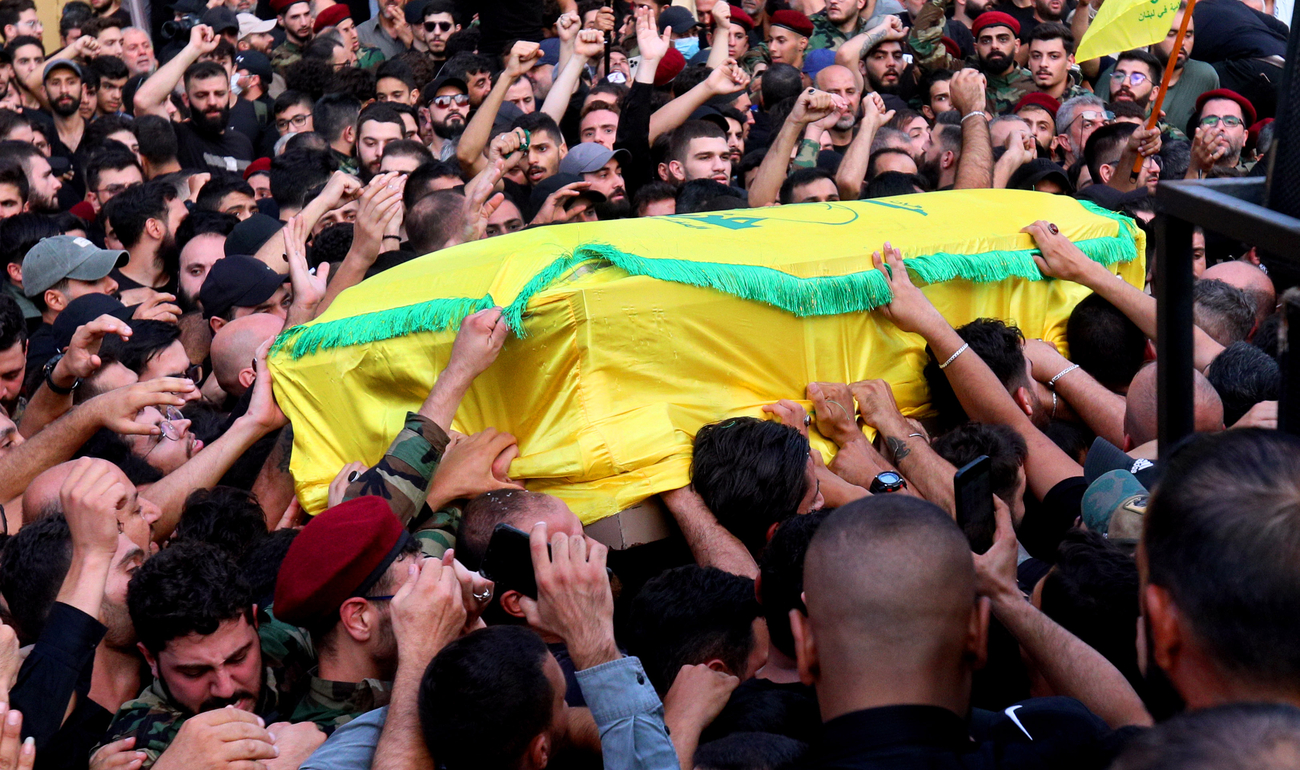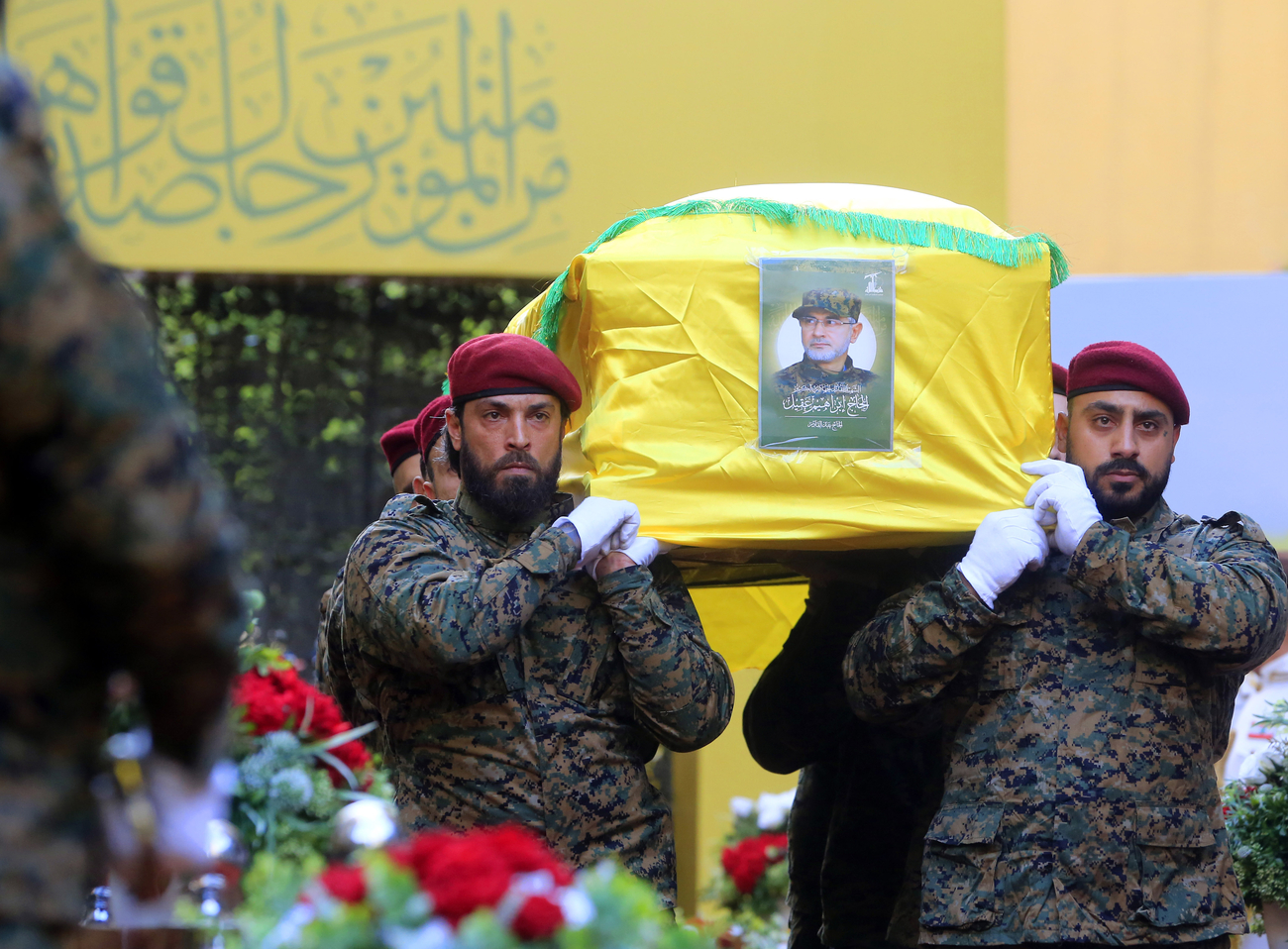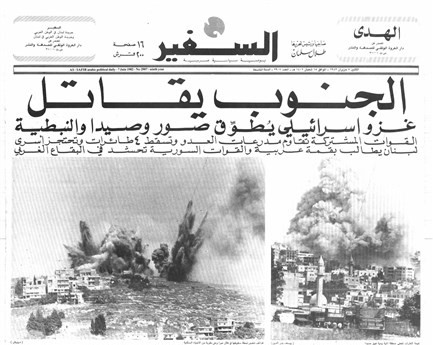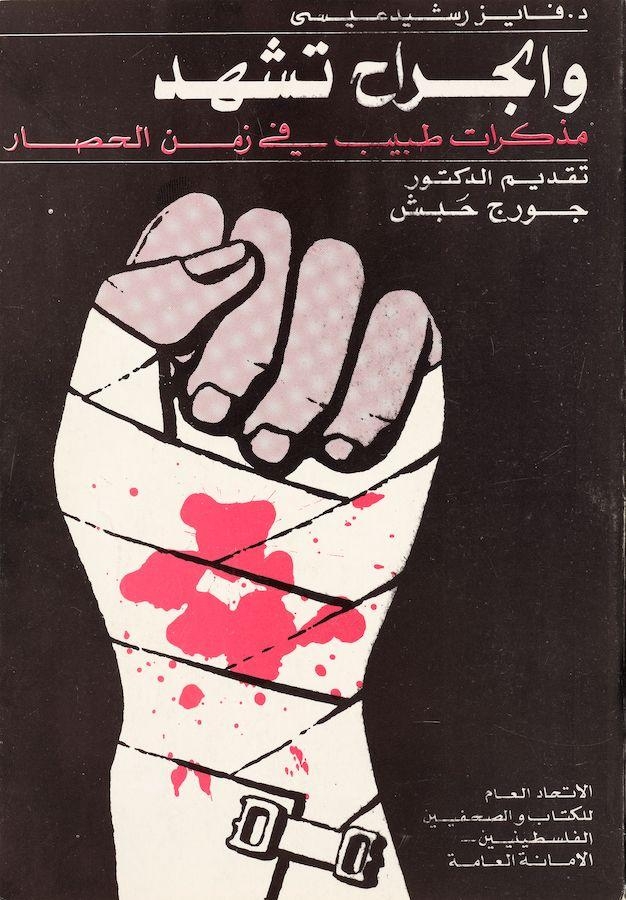“We Drank Resilience From the Waters of the South”
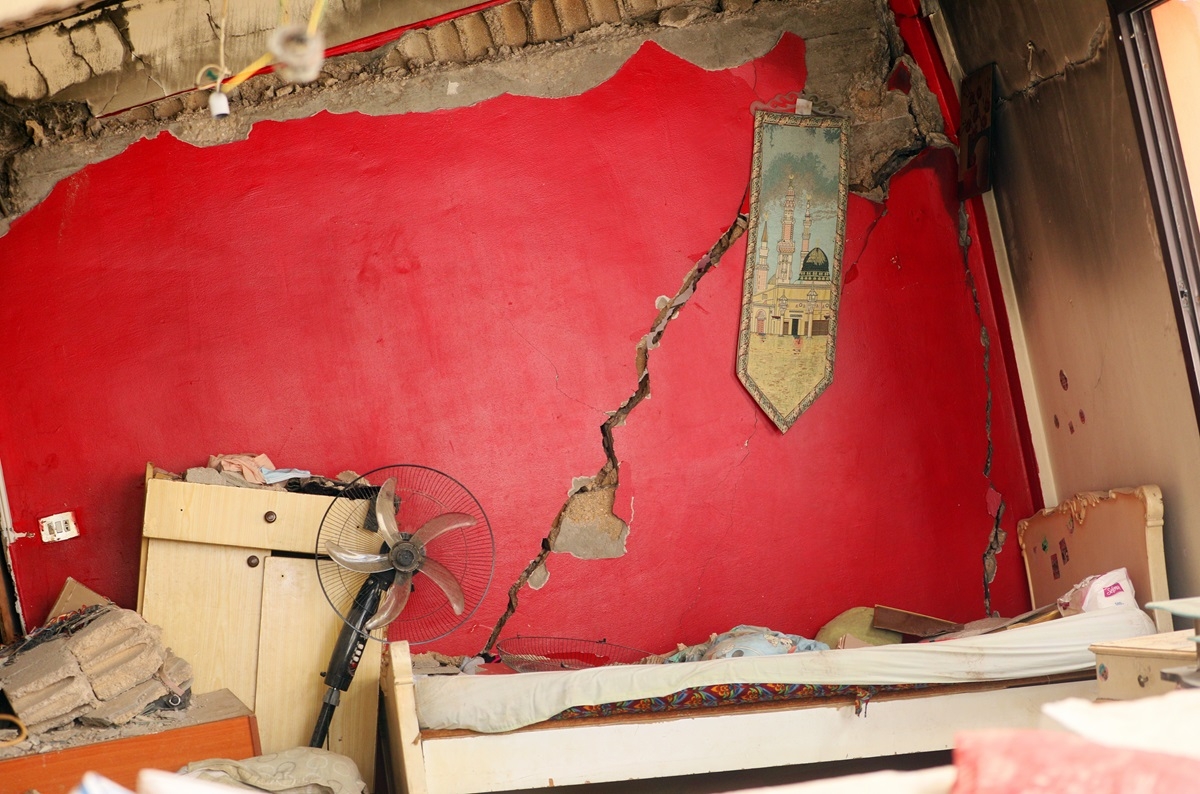
A home in Haret Hreik is left badly damaged by Israeli airstrikes that assassinated Hezbollah Secretary-General Hassan Nasrallah. Dahieh, Beirut. September 28, 2024. (Marwan Bou Haidar/The Public Source)
Mariam* was born in 1979. Until a year ago, she lived in Mays al-Jabal, a village in southern Lebanon, with her husband and three kids: her son is 16 and her daughters are 14 and 12 years old. The center of Mays al-Jabal is just over a kilometer (two thirds of a mile) from the Blue Line, the United Nations-designated line demarcating Lebanon from occupied Palestine. Since mid-October of last year, she and her family have relocated six times — most recently, on Wednesday, September 25, to Batloun, in the Chouf mountain range.
*Mariam spoke to The Public Source on the condition of anonymity, fearing repercussions or retaliation; her name has been changed. The interview was conducted in Arabic and its translation to English has been slightly edited for clarity and length.
Mays al-Jabal started to clear when the war began on October 8, but we stayed for a week. There was artillery shelling. The kids were getting stressed, but we stayed in the house because our situation wasn't terrible. Some nights I was afraid to turn on the lights. I tried to hide from my kids that I was scared. We have solar power in the house, so we had electricity, and I let the kids use electronics more than usual so they wouldn’t think about the war.
When the shelling came close to our house, we had to leave. We stayed in Jadra, in my sister-in-law’s family home. There was no generator there, so the electricity was often out. My husband kept going back to Mays al-Jabal, to check on the house, despite the relentless shelling of the village.
During the ceasefire in December, we went back to Mays al-Jabal for eight days. Then we left for Khirbet Selm for six months, where we heard a lot of shelling around us and saw a lot of destruction.
I only went back to our village once [after December], during Ramadan [March–April 2024]. We saw the destruction. Parts of our house were completely blown apart, and the roof had collapsed. My husband still went to our village from time to time. But after the Israelis shelled a family’s home in Mays al-Jabal, killing the parents and two of their sons, people stopped going, including my husband.
We went to Deir Intar in June [ed. note: about a 12-minute drive west of Khirbet Selm]. We stayed there, almost alone, until last Monday [September 23]. When Israel began carpet bombing, early in the morning on Monday, a rocket struck near our house, showering debris from all sides toward us. My children were in the house.
I didn’t know how to leave. The areas around us were also being shelled — I knew the situation in Khirbet Selm was bad, and I expected the road would be difficult, because there was shelling and bombing everywhere. We decided to stay put. It was a very difficult day. I put mattresses in the corridor, and we stayed there.
That night, we couldn’t sleep. There was no electricity; darkness was all around us. But what scared us the most was the sound of the missiles. You don’t know where they’re coming from, which is terrifying, but when you hear it fall somewhere, you feel relief that it didn’t hit you. It was really hard on my kids.
We love life, and we want to live safely in our country. But we live in an area with an enemy that shows no mercy.
I prayed for guidance [Salat al-Istikhaara, or “prayer of seeking counsel,” which practicing Muslims use for difficult decisions] and wondered if it was best to stay. Leaving turned out to be the right decision. I left everything to God. You can’t predict what will happen on the road. Deir Intar is empty now.
We left the next day, on Tuesday. There were no cars on the road. We only saw the Civil Defense and damaged cars on the side of the road. People were sitting on the street. Syrian families were walking, carrying their belongings on their backs, schools were overflowing… God help those of us who are displaced.
We arrived at my sister’s home in Saida. I told my husband that I didn’t want to go to a school. I have daughters, and the shared bathroom doesn’t offer privacy for washing and showering. You wouldn’t believe how much we tried looking for a house. I felt like a burden staying at my sister’s. We called many of the numbers shared on social media. People were saying that places were already full, or that they would call us back later.
We shouldn’t have to endure more humiliation than this. This is already too much…
My friend recommended someone and helped us secure a furnished house in Batloun for $500 a month. We loaded all of our stuff into the car and left Saida on Wednesday afternoon. I heard a lot about people helping others on the road. People were stopping to offer water, food, and hot meals.
We arrived to Batloun at around 4:30 and got properly settled in by six. It’s an abandoned house with three bedrooms, a living room, a kitchen, two bathrooms, and old infrastructure. We got connected to the electric grid and got Wi-Fi. It’s furnished and it’s nice, but I don’t feel comfortable. I’m in shock. Everything happened so fast.
When I was young, we lived in Houla, on the border, in 1982. I remember the tanks. Sometimes the Israeli tanks would pass by us, and we were afraid of them. We were afraid to go back home because of them. But we used to know our limits — where we could go, and where we couldn’t.
No one loves war and suffering. I can't complain; we’ve lost a lot, but everything can be replaced, and everything comes back, and this tragedy will end, and we’ll be happy.
Holding onto the land and belonging to it grounds us. This is where I buried my mother, and where we buried our martyrs.
My wish is to live a peaceful, worry-free life in my home, and for our children to be safe. But as long as the enemy exists, I cannot imagine having any sense of security. We are not lovers of death. We love life, and we want to live safely in our country. But we live in an area with an enemy that shows no mercy.
The people of Houla experienced massacres in 1948, so we have a long history with the enemy. This has made us stronger and willing to stand with anyone against oppression. We are against any kind of occupation, and we feel with the people of Palestine because we were also occupied [ed. note: After Israel's 1982 invasion of Lebanon, the Israeli military and its allied Lebanese militia, the South Lebanon Army, occupied Houla and other villages in the south until Hezbollah and other resistance groups expelled them in May 2000]. May God be with them and heal the wounded and comfort the families of the martyrs. We stand against injustice because everything we have lived through before, and continue to live through, is an injustice.
We have steadfastness and resistance; it’s in the nature of our land. We are attached to our land, even though it's a land that's difficult to live on. It makes you strong, resilient, and willing to sacrifice life to prevent anyone from attacking it.
Sometimes we get frustrated at home and say, “That’s it — if we get a visa, we will emigrate.” But as soon as I speak, I realize it’s not coming from the heart, and that no matter what happens, this is my home; and no matter what, I want to rebuild it. Holding onto the land and belonging to it grounds us. This is where I buried my mother, and where we buried our martyrs.
When I was a teenager, during the occupation, we used to go through checkpoints. We weren’t afraid of anything, because of how our parents raised us. We drank resilience from the waters of the South. There is nothing more precious than the soil of the South.
I have a lot of hope. In the end, this land must return to its owners. Even if there isn't a single house left, the land will return to its owners.
